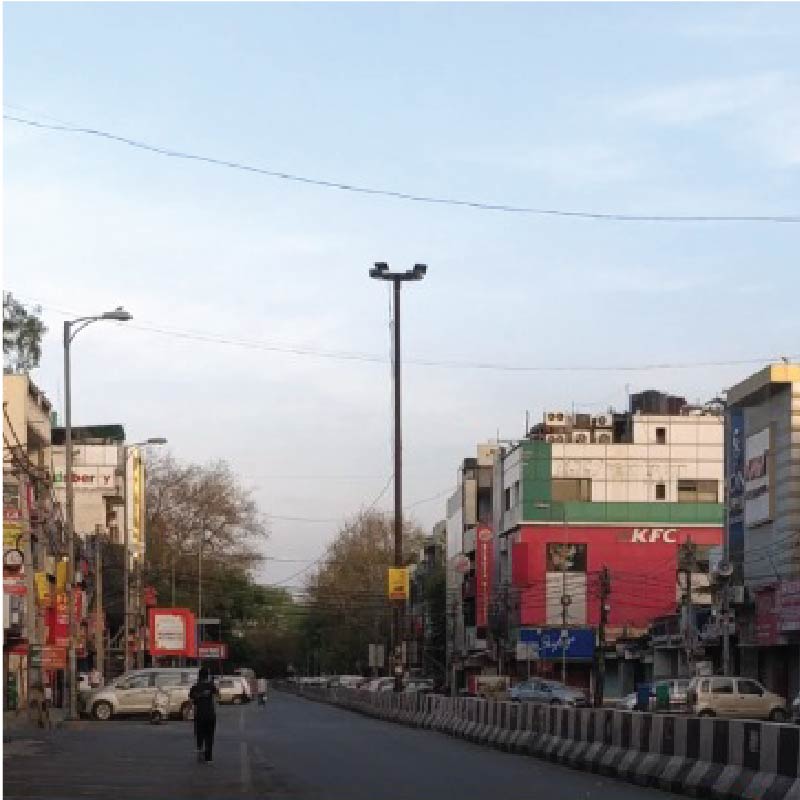The peripheries of society hold the capacity to transform their limited resources and barriers into settings for various kinds of opportunities. This study engages with the multi-disciplinary research focusing on gender, social exclusion (inequalities) and urban peripheries through the lens of (informal) mobility in order to reveal the inter-relationship between them. In the context of emerging countries, mobility and social exclusion is most visible in the case of women who live in urban peripheral areas and experience restriction on their movement because of social, cultural and economic issues. More specifically, it seeks to investigate into daily mobilities of urban marginalized women to recognize mobility as capability.
This research uses a combination of new technologies along with mobile methods like ethnography to reveal the inter-relationship between social and spatial mobility of urban marginalized women. Digital ethnography (GPS technology) is used to understand the daily mobilities of the respondents. Informal interviews before and after the GPS stage help to reveal the aspects of socio-spatial reproduction.

